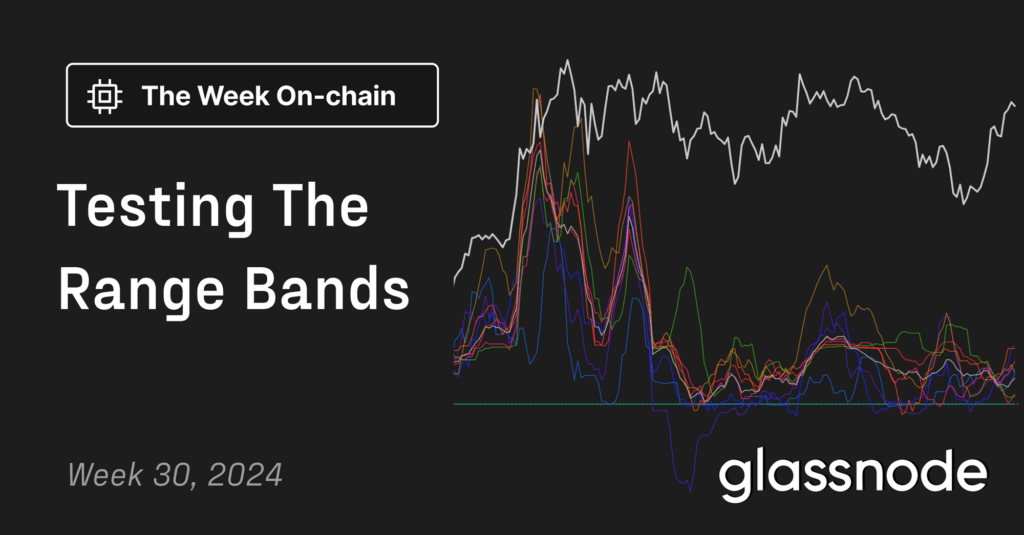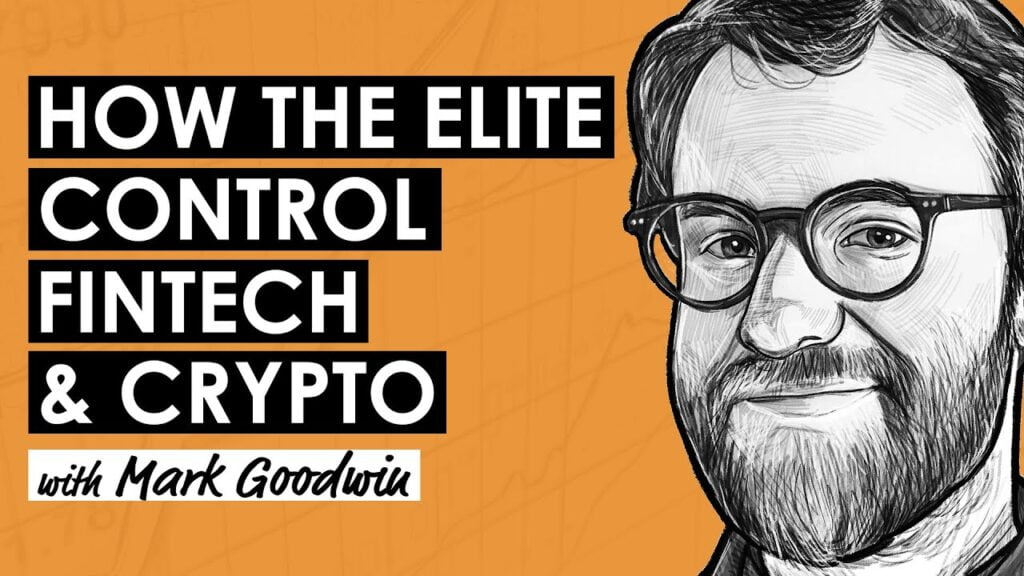Research Summary
The report discusses the potential financial implications of the US’s involvement in global conflicts, particularly in the Middle East. It also analyzes the impact of the Federal Reserve’s policies on the US Treasury market, the risks associated with the current interest rate regime, and the potential for a bear steepener in the bond market. The report further explores the potential for Bitcoin and gold as safe haven assets in an inflationary environment.
Key Takeaways
Global Conflicts and Financial Implications
- Cost of War: The report highlights the financial burden of the US’s involvement in global conflicts, particularly in the Middle East. It suggests that supporting Israel in its conflict with Hamas could lead to another expensive and unwinnable war, potentially increasing US debt.
- Political Implications: The report also discusses the potential political implications of these conflicts, including the potential involvement of Russia and China, and the strain on US alliances.
- Market Reaction: The US Treasury market has reacted to these geopolitical tensions with a selloff, indicating that the market is discounting the future cost of assumed military support to Israel and other challenged allies.
US Treasury Market and Federal Reserve Policies
- Fed’s Stance: The report discusses the Federal Reserve’s belief that it can control inflation by raising borrowing costs and reducing the size of its balance sheet. However, the market expects the Fed to continue raising rates to fight inflation.
- Market Reaction: The US Treasury market sold off sharply in response to the Fed’s change in stance, resulting in higher yields. Concerns about the amount of debt the US Treasury must sell to fund the government have also contributed to the bond market’s reaction.
Risks in the Current Interest Rate Regime
- Unhedged Risks: The report suggests that the current interest rate regime is not properly hedged by banks and financial intermediaries, leading to potential losses as rates rise.
- Negative Convexity Death Spiral: As rates increase in a bear steepening fashion, the duration of bonds held on bank balance sheets extends, resulting in negative convexity and exponential losses. This could potentially lead to a negative convexity death spiral.
Safe Haven Assets in an Inflationary Environment
- Gold and Bitcoin: The report suggests that gold and Bitcoin are rallying as safe haven assets, indicating a future of more government spending and inflation.
- Market Sentiment: The market is concerned about inflation, not growth, which is why Bitcoin and gold are rising alongside long-term yields.
Impact of Increased Military Spending
- Increased Borrowing: The increase in US defense spending is leading to trillions of dollars being borrowed to support the war machine, potentially causing inflation and crowding out production of other goods.
- Market Reaction: Bonds are selling off and yields are rising due to the expectation of increased government borrowing for peripheral wars and expanded US expenditures on arms.
Actionable Insights
- Investigate the Potential of Safe Haven Assets: Given the potential for an inflationary environment due to increased government spending, it may be worth investigating the potential of safe haven assets like gold and Bitcoin.
- Consider the Impact of Geopolitical Tensions: The potential for increased US involvement in global conflicts could have significant financial implications. It may be prudent to consider these geopolitical tensions when making financial decisions.
- Monitor the US Treasury Market: The US Treasury market’s reaction to the Federal Reserve’s policies and geopolitical tensions could provide valuable insights into future market trends.
- Understand the Risks of the Current Interest Rate Regime: The report suggests that the current interest rate regime is not properly hedged, leading to potential losses as rates rise. Understanding these risks could be crucial for financial decision-making.












